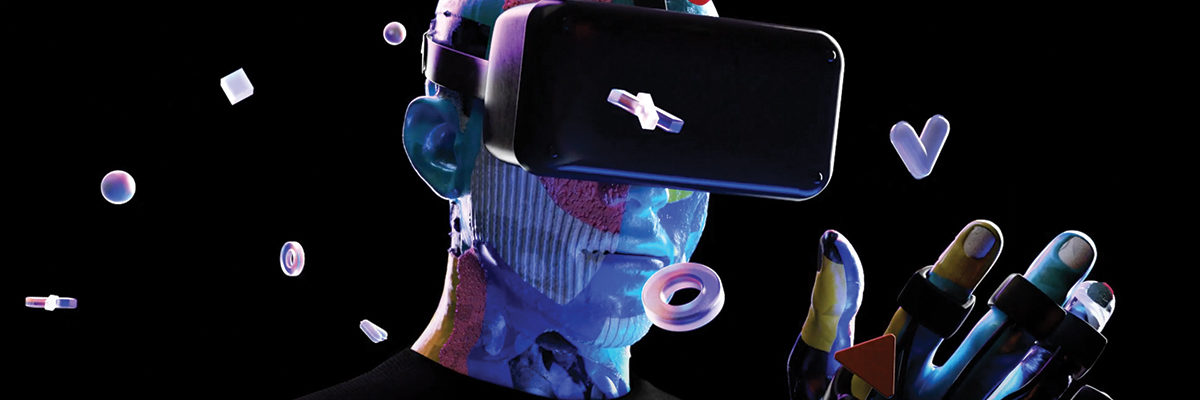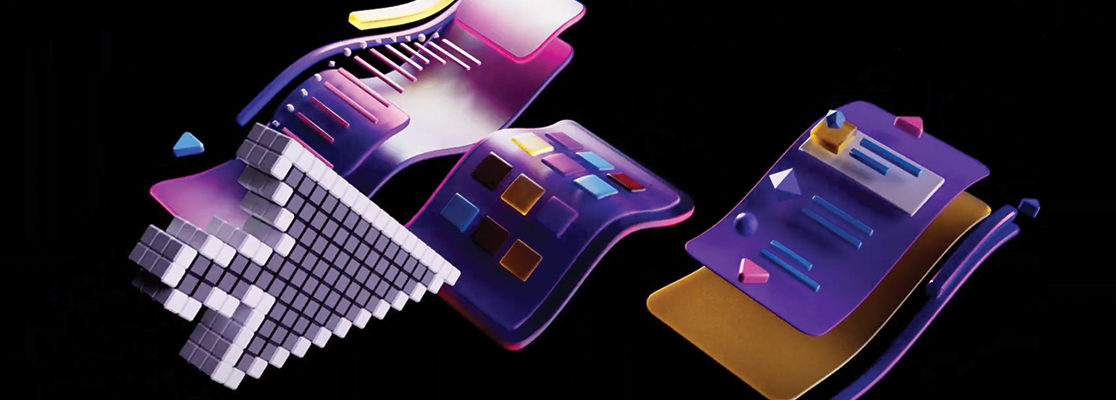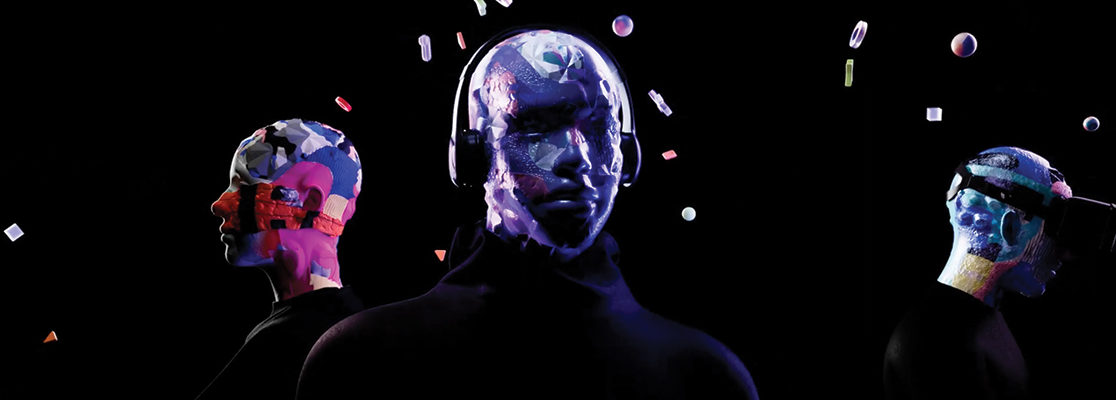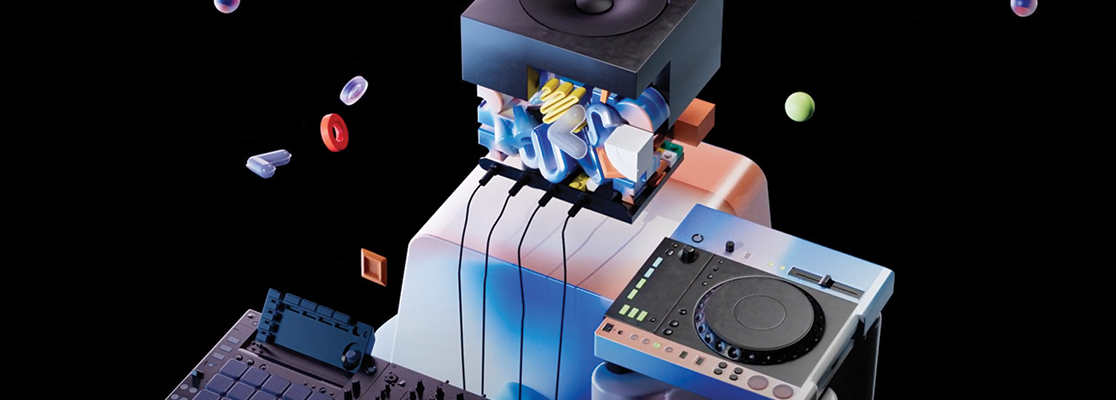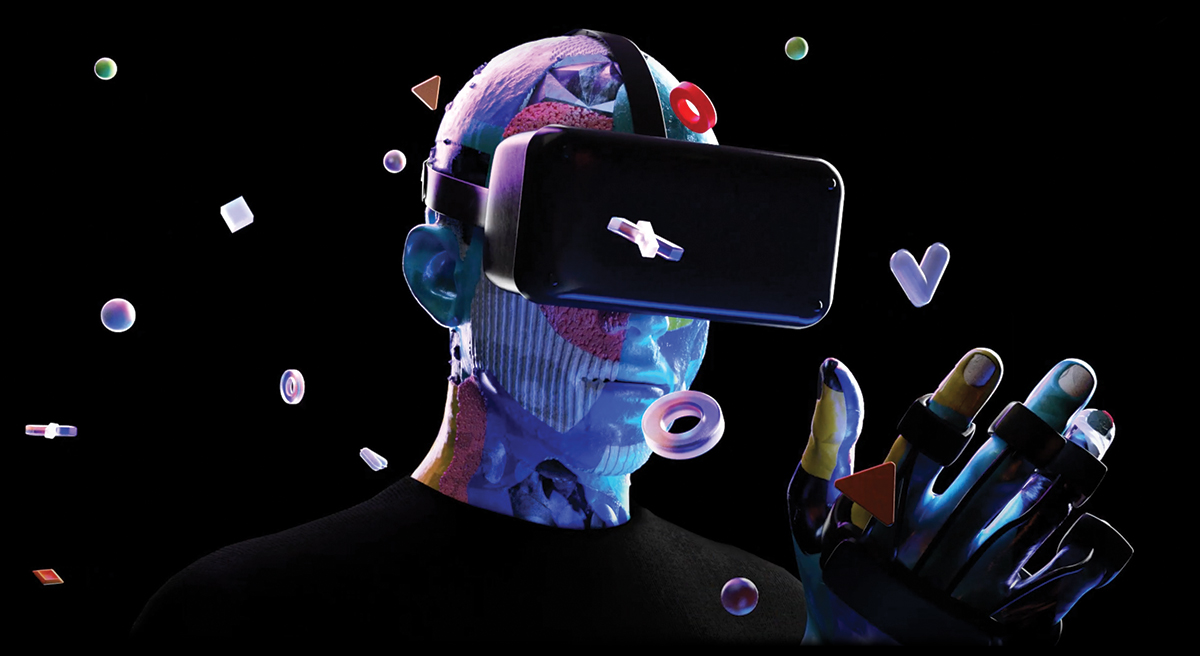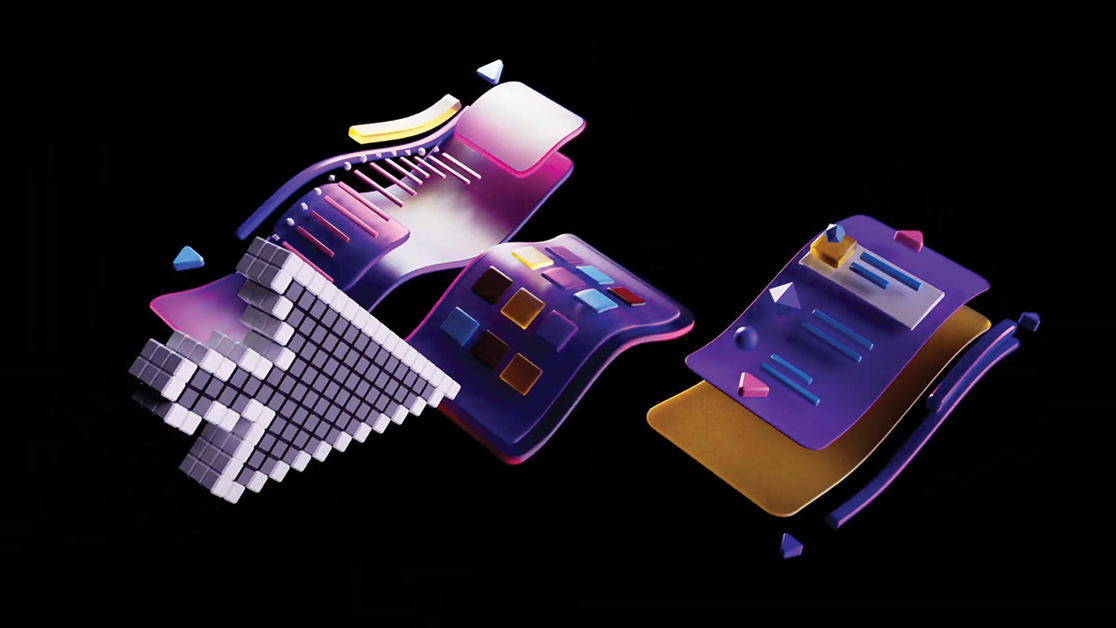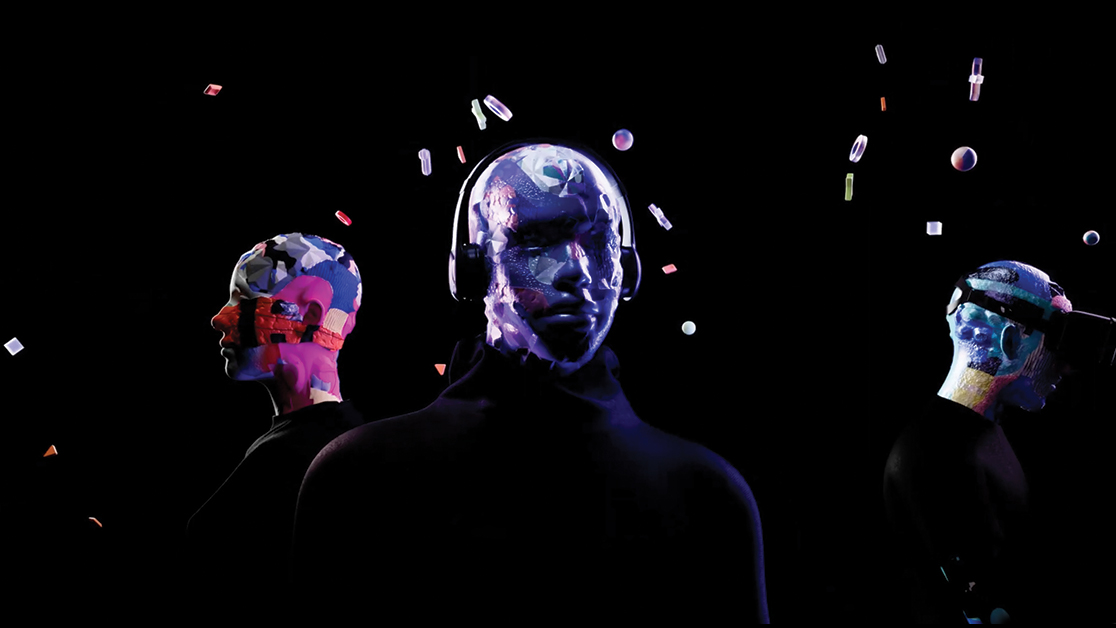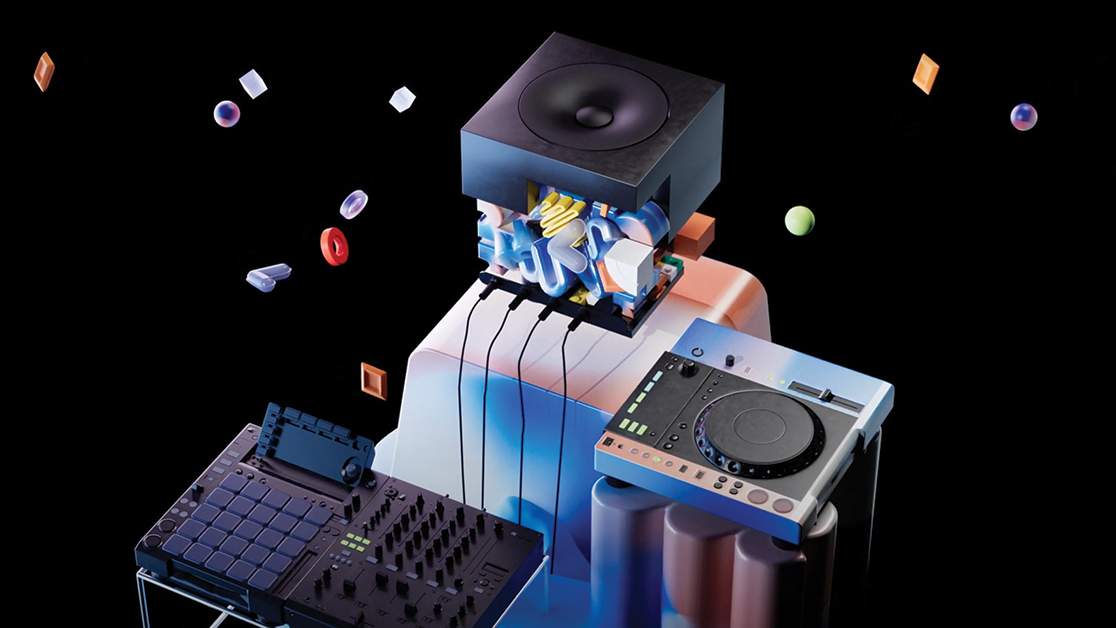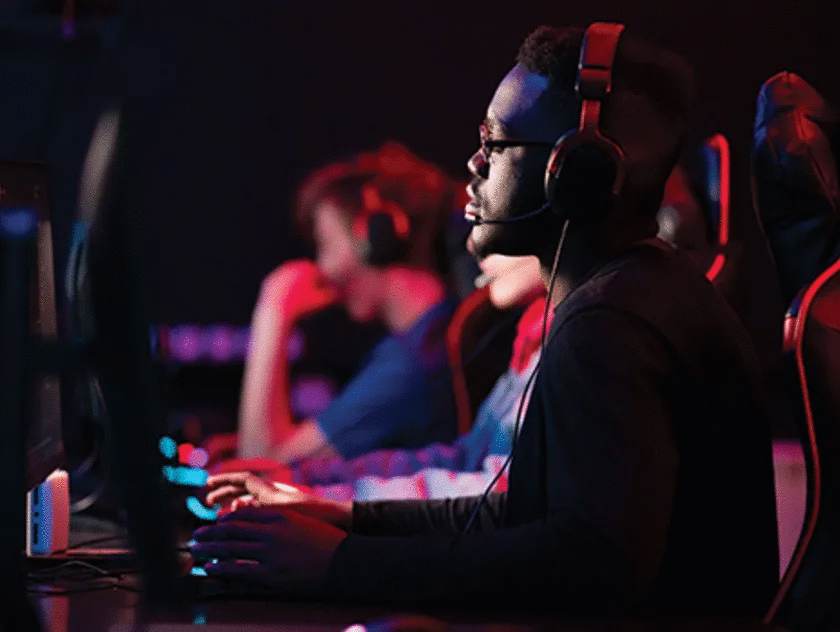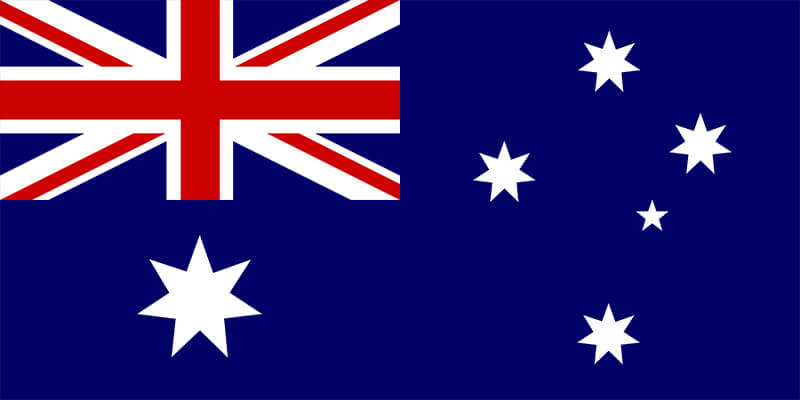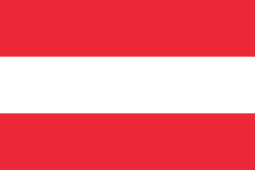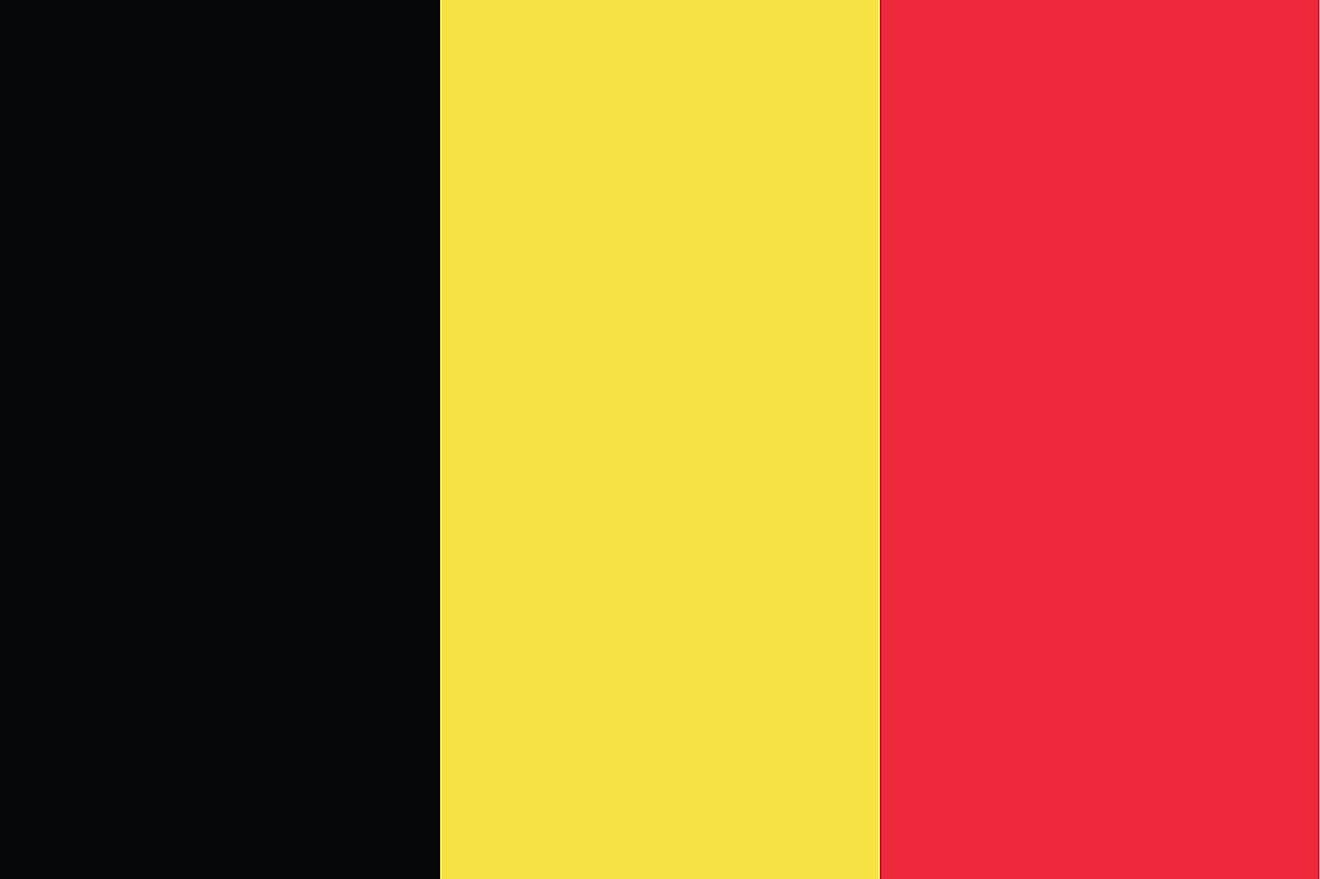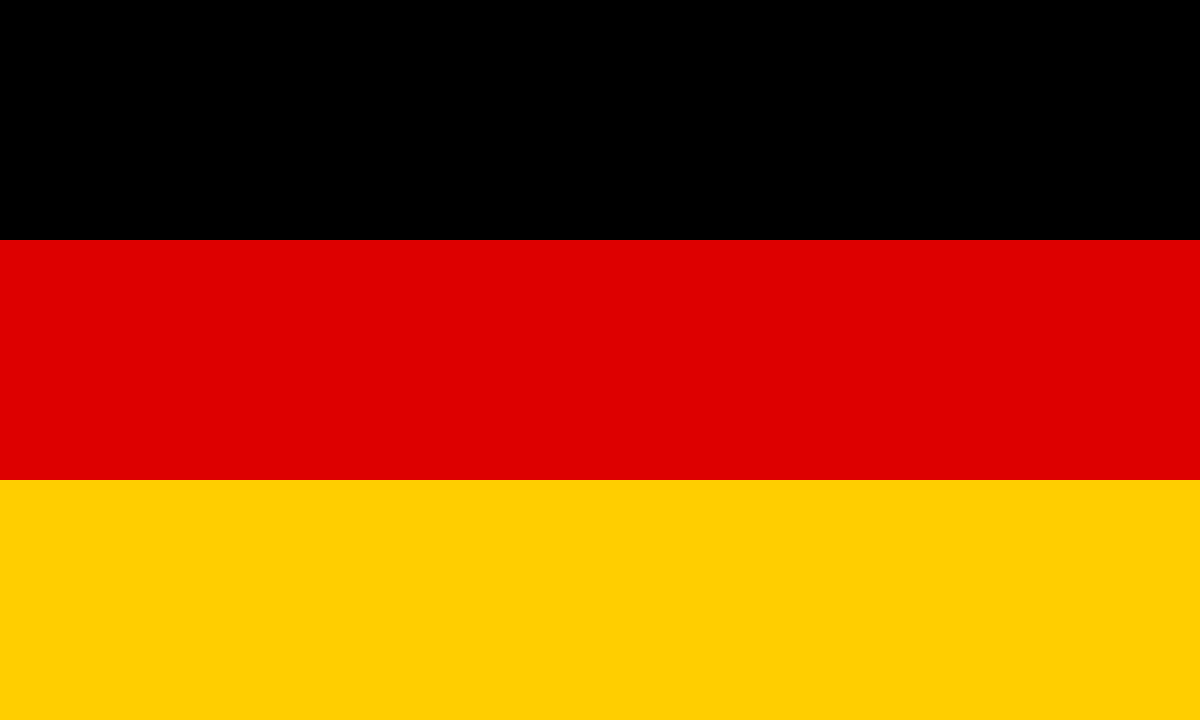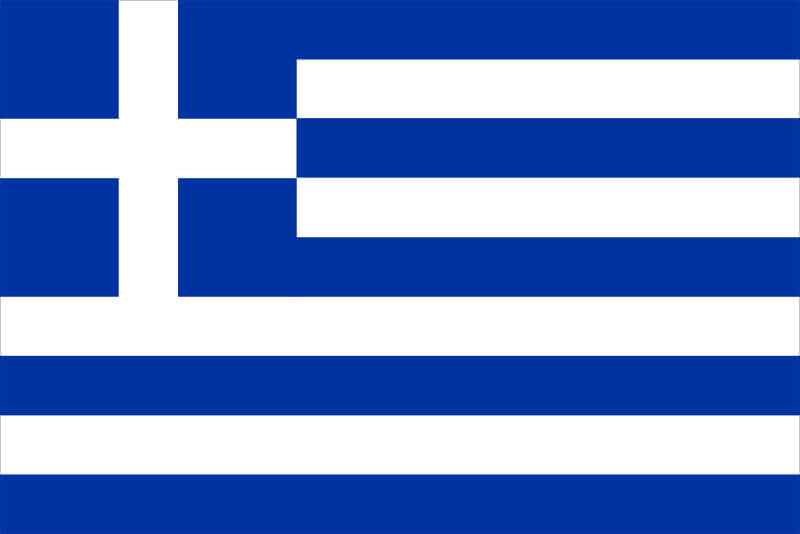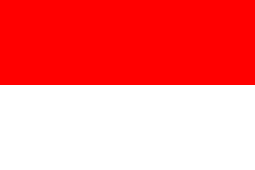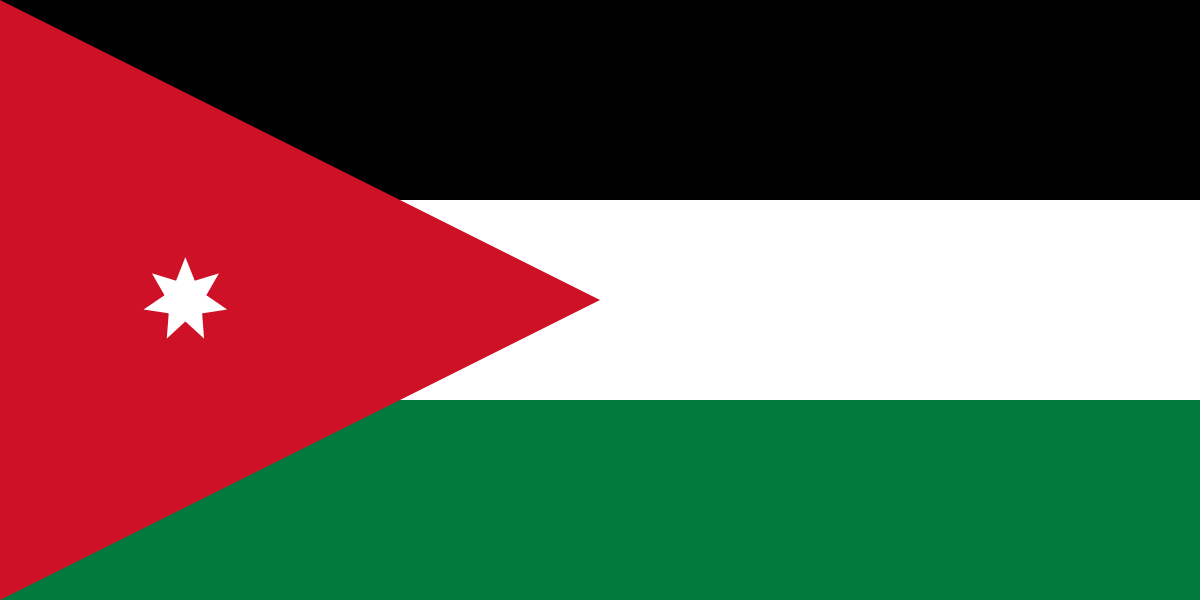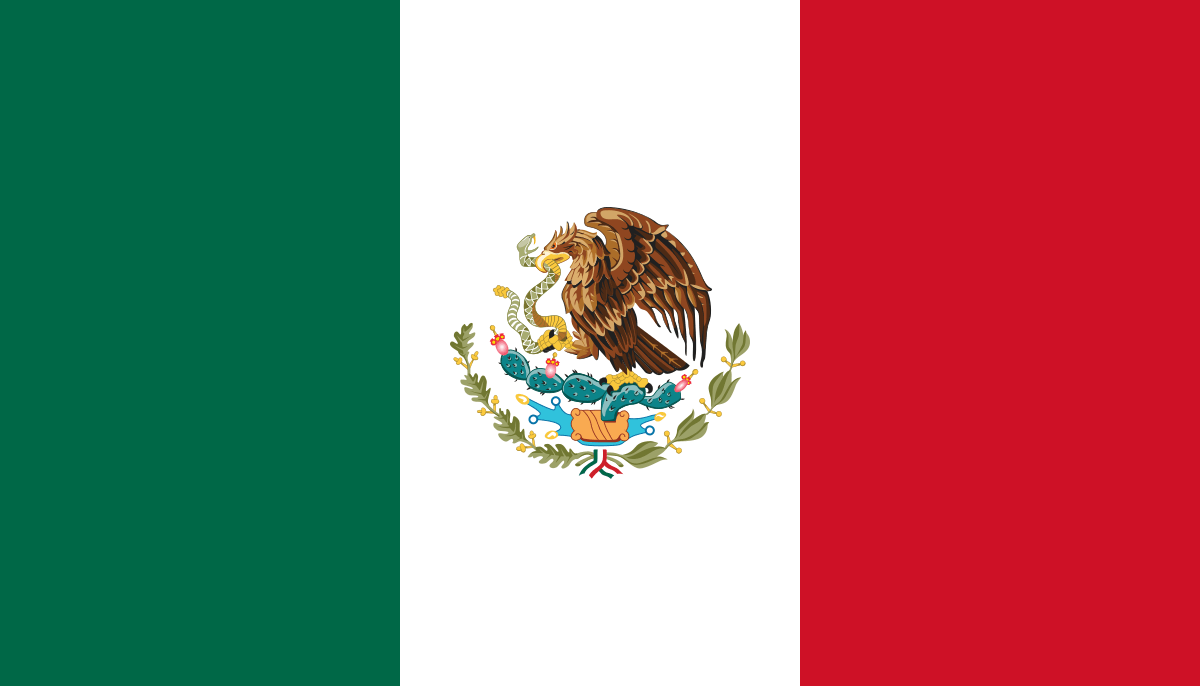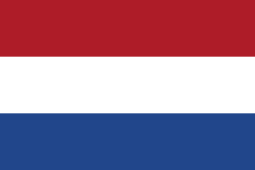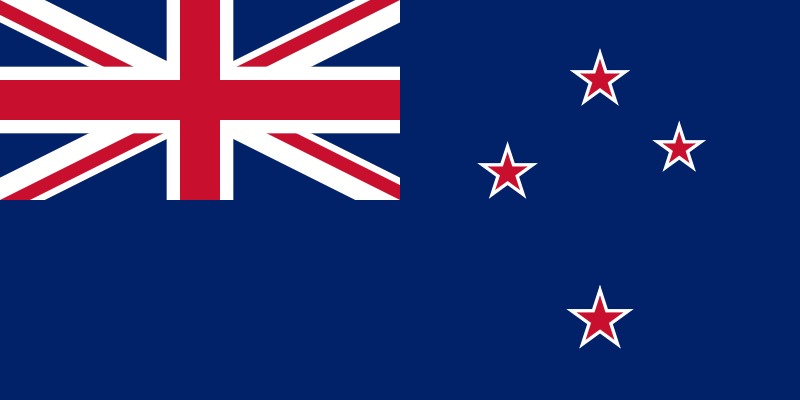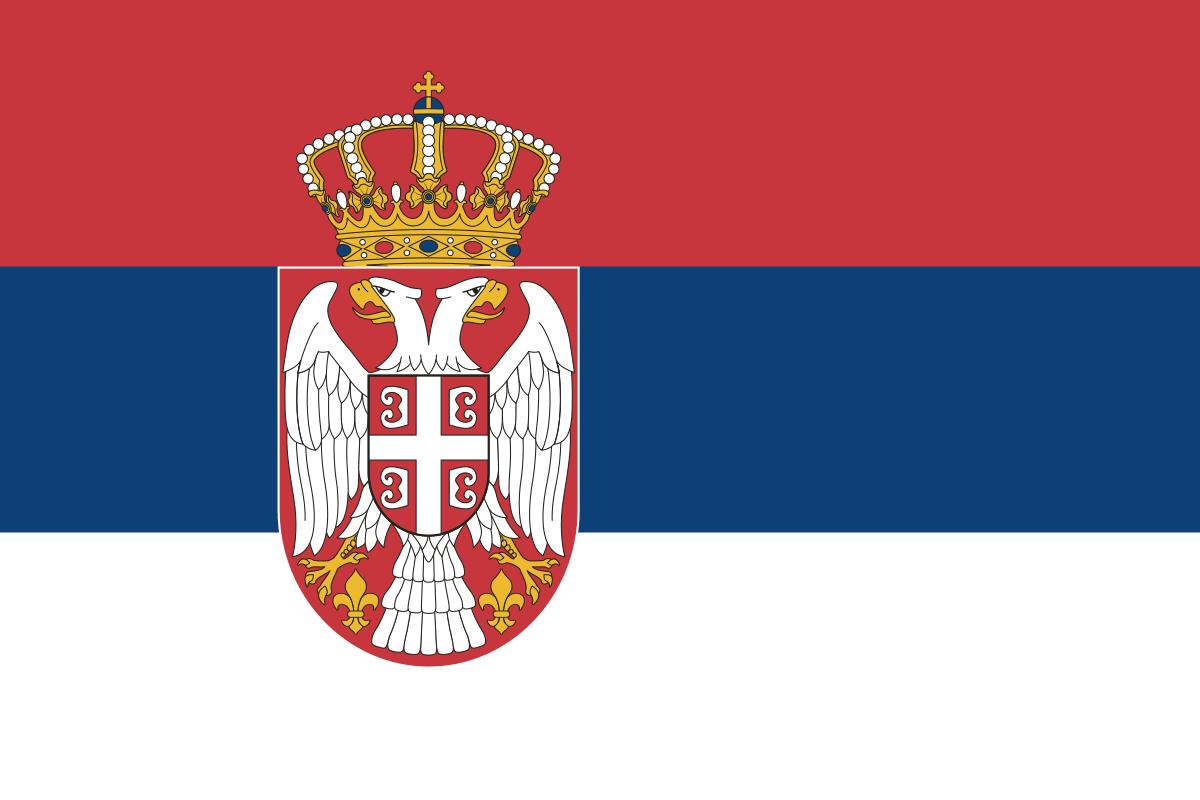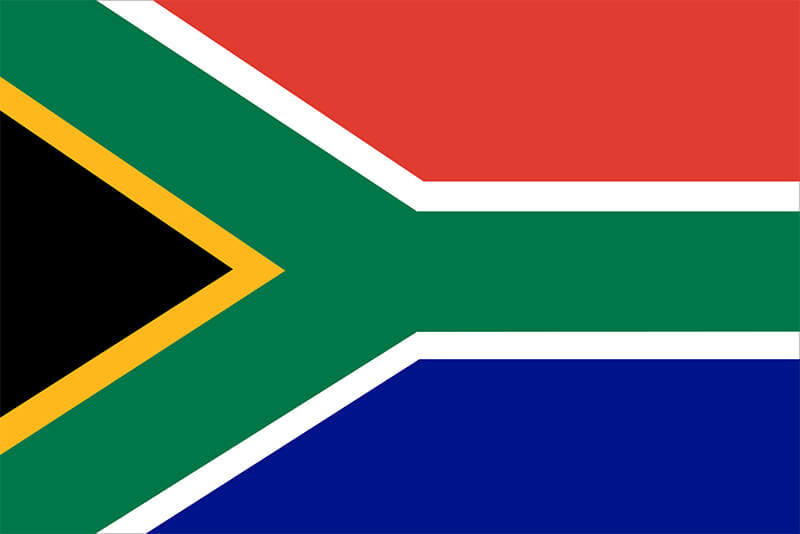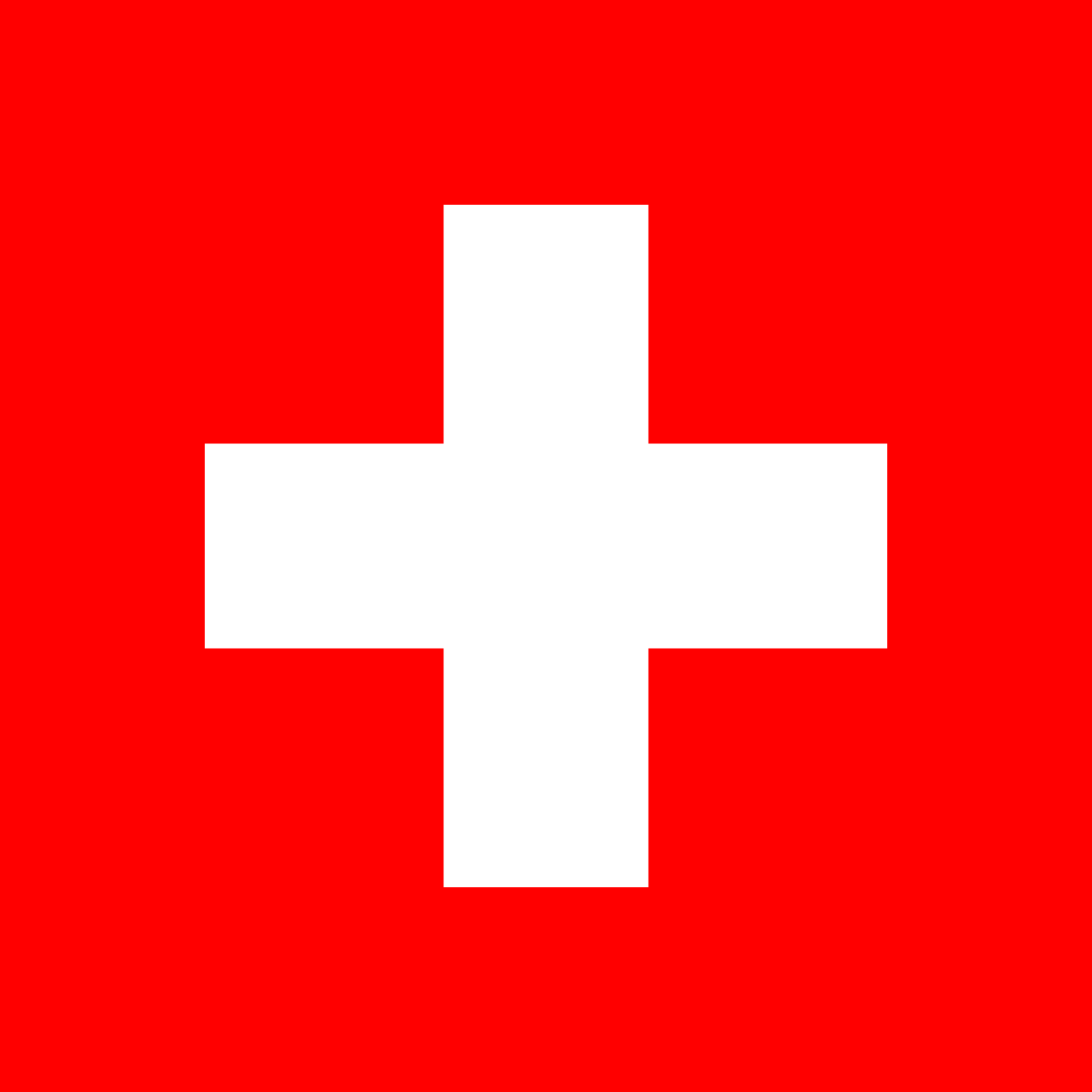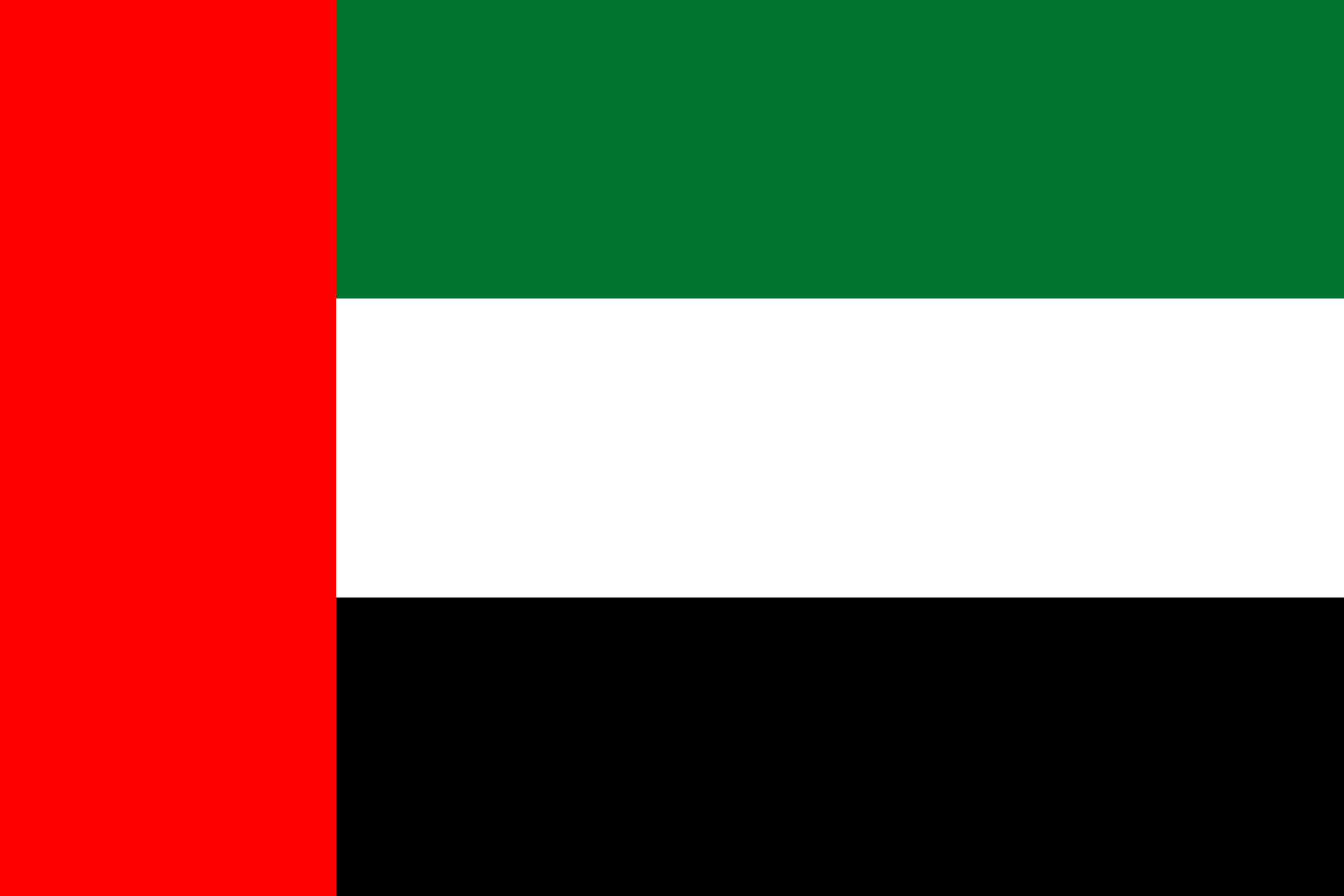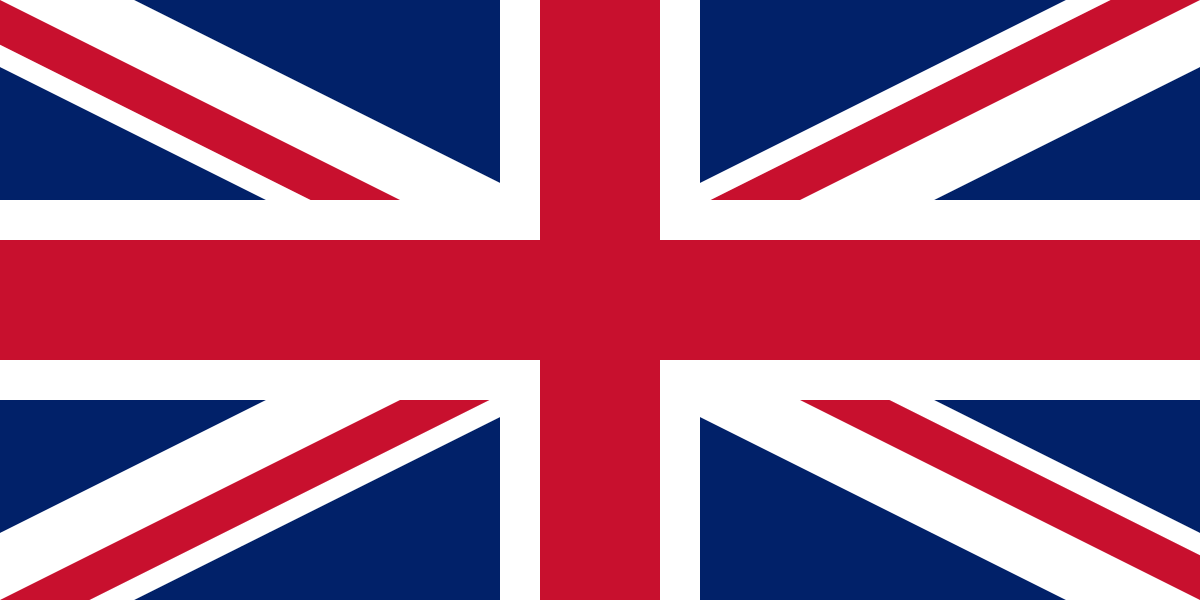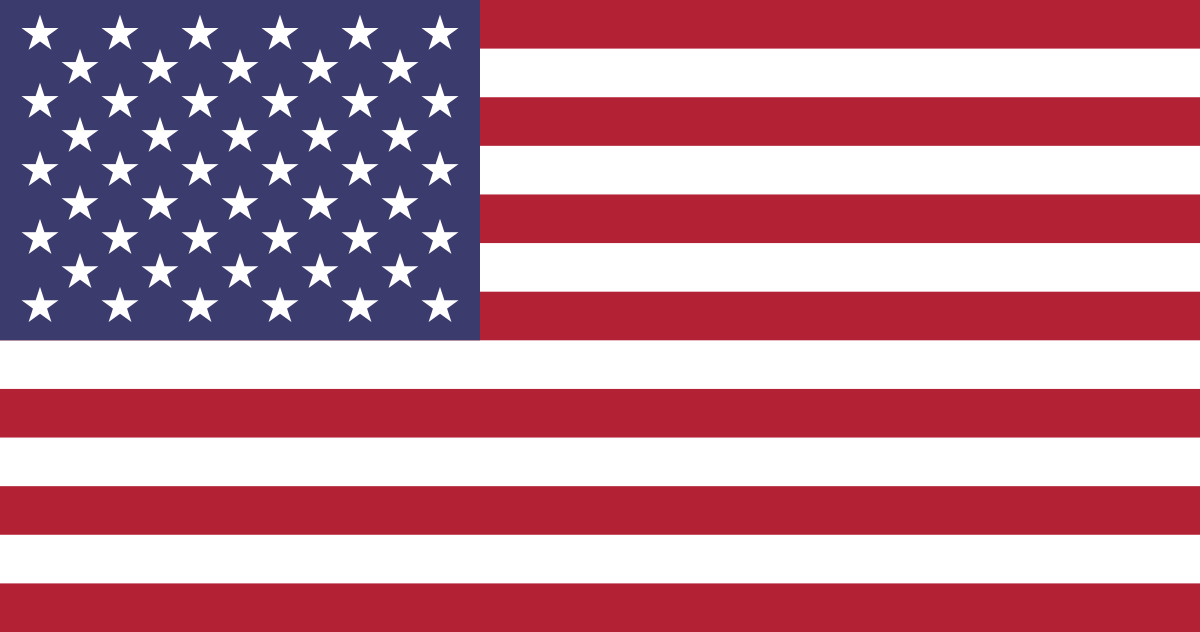Game Art and Animation Diploma
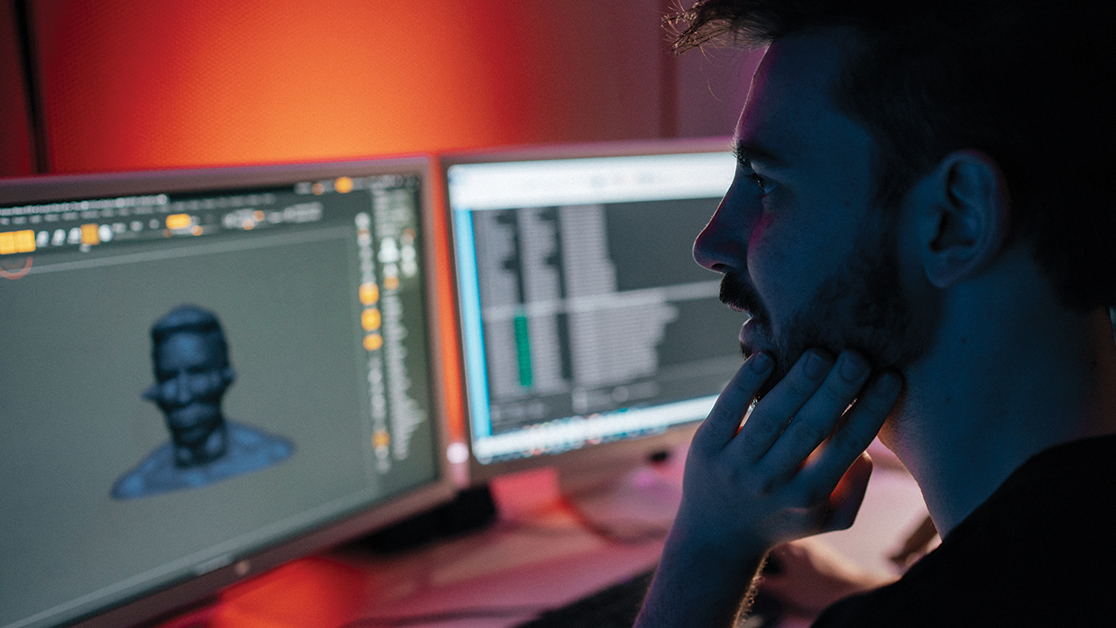
March and September 2025
Students studying higher education courses may be eligible for various forms of funding, including student loans and grants. There may be some differences depending on the region you come from.
Minimum age 17 years and intermediate level of education
Our diploma courses start from scratch, so you don’t need to have any prior technical knowledge.
English language proficiency certificate (Level CEFR-B2)
To be able to study in Amsterdam, you need a residence permit for the entire duration of your studies.
On this page, you will get a detailed insight into the course content of the Game Art and Animation Diploma. You will find out everything you need to know to get started straight away.
Course Structure
In this module, the students go one step further than hard-surface modeling towards the sculpting of organic assets.
Students will receive an insight into the animation process and show standard workflows in 2D and 3D animation. The result is presented in a rendered scene.
Throughout this module, students will be encouraged to engage in self-reflective processes to improve their creative and collaborative work practices and to build the core skills necessary for a successful career in the creative industries. With the guidance of studio facilitators, students will complete a set of project briefs designed to build on the foundation skills acquired and to further enhance their competencies within their discipline area.
The Audio Production Diploma Course includes:
Your career in Game Art and Animation begins now
FAQs
Audio students get the chance to collaborate with other disciplines, there are many opportunities and requirements to collaborate with students from other degrees throughout the course.
Yes, there is an SAE Student Store with discounts available to students who have fully enrolled.
Students can access campus facilities during opening hours. Please contact your campus for timings.

